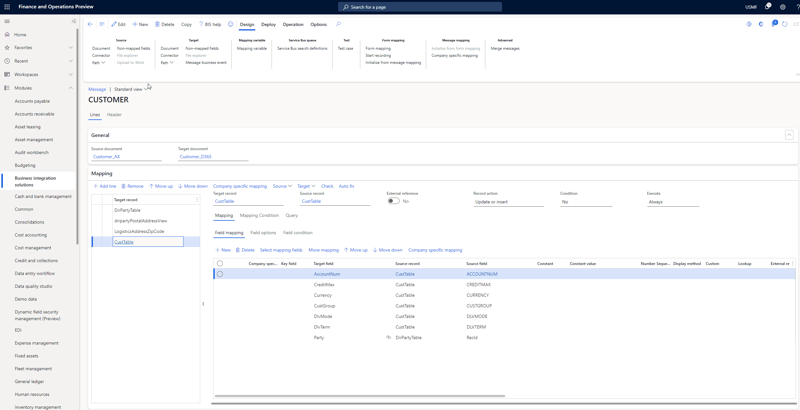Manufacturing Supply Chain Visibility Is Key To Success In Any Vertical
 Luciano Cunha
Luciano Cunha
Table of contents
Integration can help optimize business systems to work more efficiently. Integration can help simplify processes in the manufacturing supply chain. Integration can help meet business objectives.
But unless it’s focused on improving visibility, integration will not help with any of the items above, regardless of your vertical.
For all the talk and buzz over integration, especially the integration of Enterprise Resource Planning (ER) and Product Lifecycle Management (PLM), I feel the real crux of these conversations needs to focus more on one of the ultimate benefits of integration – rather than the process itself. And in a word, visibility defines this benefit.
A good piece on the importance of manufacturing supply chain visibility can be found in an article published earlier this month on EBN.com. In the article, author Lalit Wadhwa writes:
“In an environment of high demand volatility, rapid obsolescence cycles, and shifting raw material lead times, visibility into the extended supply network becomes critical for anticipating supply disruptions and responding to demand fluctuations.”
In citing the importance of manufacturing supply chain visibility, Wadhwa goes on to list some key challenges:
-
Real-time visibility must be provided into every part of the supply chain, including: plan, source, make and deliver
-
Many manufacturing organizations compound visibility challenges through the use of multiple ERP solutions
-
Many solutions designed to improve visibility lack scalability and depth
So how can these challenges best be addressed?
Circling back to our theme, the answer lies in integration:
-
Access to information on the fly – As Wadhwa writes, many integrated solutions include on-demand access, which provide an immediate view into things like supplier performance, component lifecycle management and even on-time performance aggregated across multiple sites.
-
Simplification of complex information – Integrated solutions can help manage the complexity of information. Many integrated platforms, in fact, are built from the ground up to manage the complexities of manufacturing.
-
Easier planning for variability – More visibility into the chain makes it easier for you to plan things out and expect the unexpected. This helps in all areas such as controlling and tracking inventory and keeping financial data in-sync with expectations on and off the manufacturing floor.
The advice I offer for those focused on integration is this – know exactly why you are focused on integration. This will help you know exactly what to expect – and better yet – know exactly what questions to ask of any potential vendor.
Stay up to date on the latest manufacturing insight by subscribing to our blog updates, following us on Twitter, liking us on Facebook or connecting with us on LinkedIn.
Contact STAEDEAN for more information on the benefits of PLM / ERP integration, or more insight regarding how to improve supply chain visibility.

